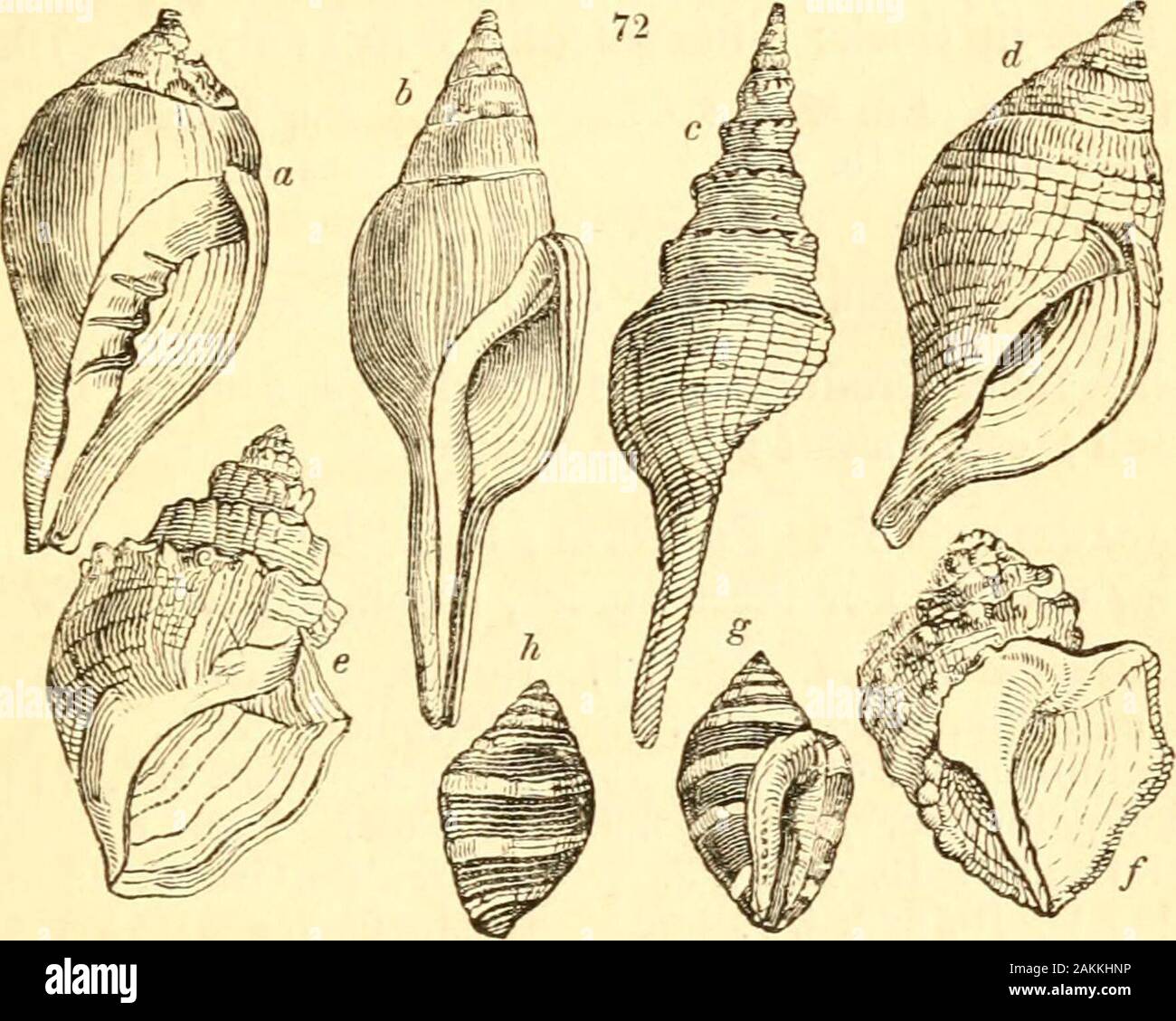A treatise on malacology; or, Shells and shell fish . ns of the Ccriiliince. t Probably an aberrant species of Leiodomus. % Mr. Gray has the merit of first publishing this intricate, but most natu-ral genus, which I had many years ago also determined. 1 should gladlyhave adopted his name, were it not that Pollia has been already given byHiihner and Trcitsch to a genus of lepidopterous insects. Mr. Gray has veryhappily determined what is certainly its true station in the natural system,— that is, intermediate between Triton and Biiccinmn. It is connected torritun by T. clandcsfinum. Ency. Meth.

Image details
Contributor:
The Reading Room / Alamy Stock PhotoImage ID:
2AKKHNPFile size:
7.2 MB (366.8 KB Compressed download)Releases:
Model - no | Property - noDo I need a release?Dimensions:
1768 x 1414 px | 29.9 x 23.9 cm | 11.8 x 9.4 inches | 150dpiMore information:
This image is a public domain image, which means either that copyright has expired in the image or the copyright holder has waived their copyright. Alamy charges you a fee for access to the high resolution copy of the image.
This image could have imperfections as it’s either historical or reportage.
A treatise on malacology; or, Shells and shell fish . ns of the Ccriiliince. t Probably an aberrant species of Leiodomus. % Mr. Gray has the merit of first publishing this intricate, but most natu-ral genus, which I had many years ago also determined. 1 should gladlyhave adopted his name, were it not that Pollia has been already given byHiihner and Trcitsch to a genus of lepidopterous insects. Mr. Gray has veryhappily determined what is certainly its true station in the natural system, — that is, intermediate between Triton and Biiccinmn. It is connected torritun by T. clandcsfinum. Ency. Meth. 433. fig. 1. [Jig. C4. p. 297.), whichthus completes the circle of this family. PART II. TURBINELLID^. 303 a superior siphon; inner lip wanting, or rudi-mentary. undosa. En. M^th, 422. f. 5. (Aberrant.) torulosa. lb. 428. f. 3.maculosa. lb. 400. f. 7. aculeiformis. lb. 426. f. 3.articulata. En. M. 426. f. 1. Family 2. TURBINELLIDiE. Base of the shell produced into along channel; the spiregenerally short; the pillar often toothed ; outer lip thin.. SuB-FAM. 1. TURBINELLIN^. Spire short, the tip papillary ; middle or base of theinner lip plaited; channel lengthened. TuRBiNELLA Lum. Shell ponderous, smooth, orslightly nodulous; spire short, papillary ; pillar withstrong plaits in the middle, (^fig. 72. a.) rapa. En. Meth. 431.62s, f. 1. pyrum. Chem. f. 1697, 1698. Fasciolaria Lam. Fusiform, ventricose; spire andaperture of equal length, the former attenuated and 304} SHELLS AND SHELL-FISH. PART II. acute ; outer lip crenated ; base of the pillar withone or two sharp folds. {Jig. 72. d.)F. tulipa. En.Meth. 431. f. 2. trapezium. lb. 431. f. 3. Pyrella Sw. Pyriform ; spire very shorty papillary ;channel lengthened; inner lip flattened, elevated^smooth ; pillar with a single sharp fold at the base. P. spirilla. Zool. 111. 1st series. En. Meth. 437. f. 4. Clavilithes Sw. Unequally fusiform, the body-whorland spire being conic, and the canal suddenly con-tracted and attenuated ; term